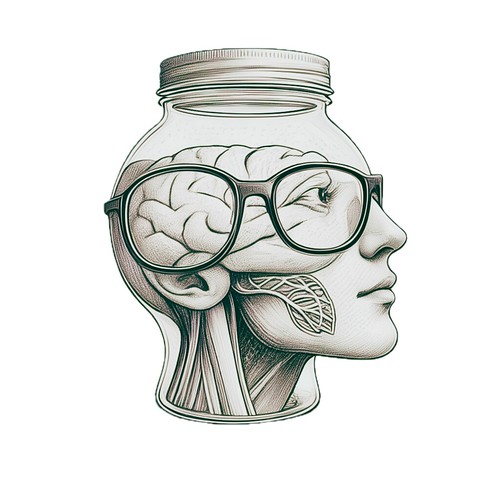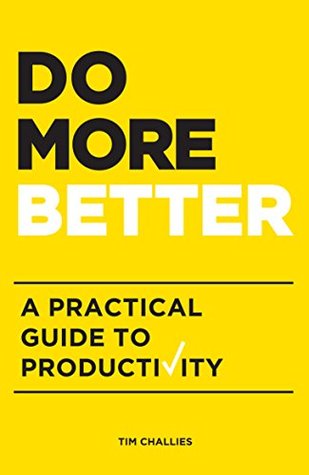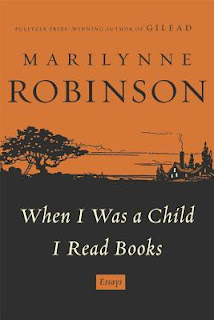I didn't imagine how traveling with a large group could be fun and grueling—and possible. For our proverbial last hurrah, just a few days before the end of residency, my friends and I went to Taiwan, where the streets are walkable, the air clean, the pervading feeling calm—even during rush hours. The signs are readable. Public transportation is functional and is easy to figure out. The locals don't speak English, though, a difficulty surmounted by Google Translate, a must-have for travels to foreign lands.
We spent three full days in Taipei, the capital, and neighboring cities, Keelung and Shifen. I've come to a point in my life where I don't have to take pictures of all the things I see, mainly because my friends are doing it anyway. I did take intermittent snaps with my iPhone. Here are my favorite portraits of friends and short descriptions of them. I will miss them.
Here's Bea Uy just as we had left the Sun Yat Sen Memorial to look for a decent cup of coffee. It was her second time here. A consummate traveler, she took me with her along Shillin and Keelung night markets where I was introduced to candied strawberries, which will go down as one of my favorite desserts. I'll miss her generosity, fierceness, and joie de vivre.

Roger charges his phone at our Airbnb near Ximen MRT. Sometimes lost but was always found, Roger had to endure our fast-paced itinerary and the intermittent reminders ("Bilis! We're late!") which must have exhausted him. The combination of personalities made it interesting. There were people who though two minutes late was equivalent to the end of the world. There were those whose idea of punctuality was waking up when they felt like it. Most of us were somewhere in between.

Doc A with best friend Bea at Shillin Market—a very unlikely friendship that fascinates me to no end. Doc A has worked with me in the Undergraduate Committee, and I couldn't imagine going through it without her. She navigated the train stations like a local. She reprimanded us when we congregated in the middle of the station during rush hour, an incident where the slogan, "Doc A is the new Type A," was coined.

Team Auntie leads his pack! Jay Magbojos, Carlos Cuaño, and Racquel Bruno talk about where to go next, just after we had a hearty lunch of thick noodles, fried pork chop, and dumplings with noodles. For dessert, they had a generous serving of milk tea. I passed. The afternoon was chilly but comfortable, so reminiscent of spring in Vienna.

Roger Velasco, Mervyn Leones, Racquel Bruno, and Carlos Cuaño pose for a photo at Campus Café, just beside the University. When this photo was taken, Rac and I just got back from a 1.2 km walk from GuangHa Digital Plaza, where she got her boyfriend a smartwatch. The selfie was sent to our Taiwan 2017 Viber group to tell the rest of the pack that we were alive and happy. The rest were still in Shifen to check the night lanterns. In this youthful coffee shop beside Taiwan, I finally scored a good cup of espresso.

Mervyn Leones, the most social media savvy person, snaps a photo of the group as we waited for the train. One thing I had to endure during this trip was having my photos taken so many times. My objections were overruled by my friends who insisted that I join, lest we don't move on.

Here's Doc A whose sophistication was in stark contrast to the trash bin beside her. Single
pa po ito!

A morning stroll—one of the best pleasures of this livable city.

In this photo, Mohan, David Francisco's son, talks to me about how he has enjoyed the travel so far. "David, he has your people skills!" I said, to which David responded, "Ang ingay nga eh." Here we were about to enter the Confucian Temple. David brought his mother, wife, sisters, and Mohan for this trip. We've all seen Mohan grow up for the past three years, and being recognized by him (he called me "Uncle Lance" whenever his father prodded him) was pure joy.

Racquel Bruno and big boy, Jeremiah Vallente, pose at the Taipei Main Station, minutes before our bus ride to Shifen. I'll miss these two: the only people who, when they ask me to do something that I find objectionable (like a group selfie), say, with frustration, "
Ang daming arte na naman nitong si Catedral."

Roland Angeles, the man responsible for our itinerary, met us on the second day. He just came back from his cousin's wedding in Singapore. His flight was delayed, but the short of it is that he found us anyway. He is one of the most gracious and diligent people I know. He's like Martha Stewart in terms of cooking (have you tasted his squid pasta?!) but with bulky muscles.

Carlos Cuaño celebrated his 30th birthday during our trip. Here he dons an old US Military-issued jacket in Shifen—he's into history and processes. I'll miss his political incorrectness, his take in life, his interests in whiskey, watches, and now, fountain pens, and so much more. I'm glad I got to know him as one of my dearest friends. He's getting married soon, and I can't wait to tell his future kids how well behaved their father was—and how he never cursed.

Chevs (Everly to most) Ramos figures out where to go next. This is classic Chevs when she's on game mode. She's our incoming chief resident, a post where she'll flourish and be happy in. She's one of the best internists I know and is now in the habit of writing travel reviews when she finds time. I'll miss tormenting her.

Danes Guevara, who doesn't get tired of topping our monthly exams, walks along Keelung Night Market. We normally see Danes posing excitedly for the camera, but I picked this because he looks so calm in his thoughts, savoring the moment without the pressures of social media.

This is so classic Mervyn! Chevs is directing! Open a photography shop already!

More on our Taiwan trip soon.
Labels: daily, travel

















































